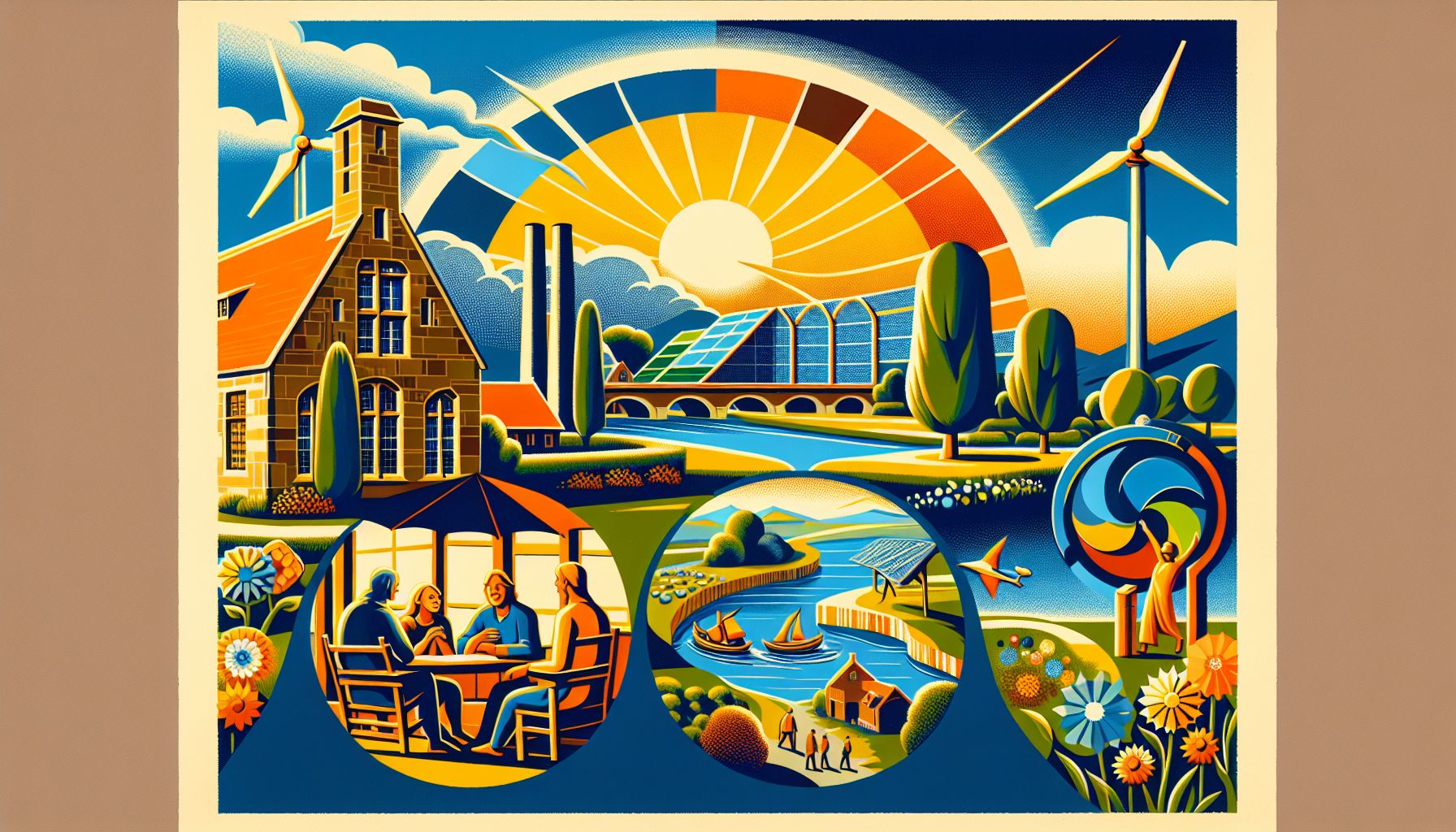Dutch Valmeren: A Game-Changer in Sustainable Energy Storage

Delft, Sunday, 29 September 2024.
CE Delft’s study reveals valmeren as a cost-effective energy storage solution, potentially saving the Dutch government €1.8 billion annually. This innovative approach could benefit each citizen by €50, marking a significant step in the Netherlands’ transition to sustainable energy management.
Understanding Valmeren
Valmeren, or fall lakes, function as large-scale energy storage systems. Unlike traditional reservoirs, which rely on elevation differences to generate hydroelectric power, valmeren operate on a more localized scale. These artificial lakes are filled with water during periods of excess energy production, such as from wind or solar power. When energy demand peaks, the water is released back into the North Sea through turbines, generating electricity. This process effectively transforms the lake into a renewable energy battery.
Significant Economic Benefits
The study conducted by CE Delft highlights the substantial economic advantages of implementing valmeren. By potentially saving the Dutch government up to €1.8 billion per year, these systems offer a significant reduction in energy costs. This translates to a direct financial benefit for Dutch citizens, amounting to approximately €50 per person annually. Such savings can alleviate financial pressures on households and contribute to broader economic stability.
Environmental and Multifunctional Advantages
Beyond economic benefits, valmeren present several environmental and multifunctional advantages. As sustainable energy storage solutions, they help reduce reliance on fossil fuels and lower greenhouse gas emissions. Additionally, valmeren can serve multiple purposes, such as recreational areas for local communities. The integration of energy storage with recreational use exemplifies a holistic approach to environmental management, aligning with the Netherlands’ innovative ethos in water management.
Delta21: A Pioneering Project
One of the most notable valmeren projects underway is Delta21 at Haringvliet. This project aims to create a fall lake with a storage capacity of 34 gigawatt-hours. Besides energy storage, Delta21 addresses high water levels and aims to restore fish migration routes. The project’s multifaceted approach underscores the versatility and environmental benefits of valmeren. However, the project still awaits approval from the European Commission before construction can commence, highlighting the ongoing regulatory hurdles in large-scale green innovations.
Future Prospects and Challenges
While the potential of valmeren is promising, several challenges must be addressed for widespread implementation. The primary concern is the significant spatial requirements, which are at a premium in the densely populated Netherlands. Additionally, securing funding and regulatory approval poses hurdles that need strategic navigation. Nonetheless, the success of projects like Delta21 could pave the way for more valmeren, positioning the Netherlands as a global leader in sustainable water and energy management.

